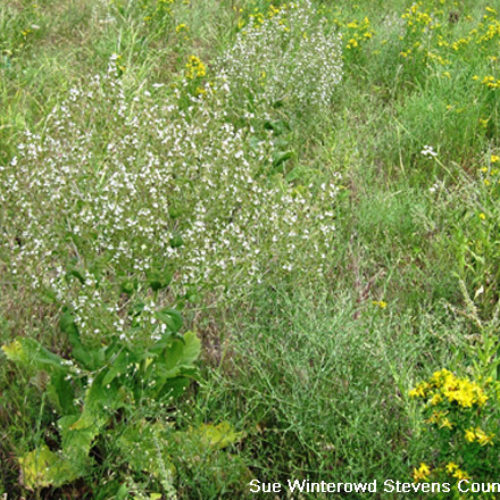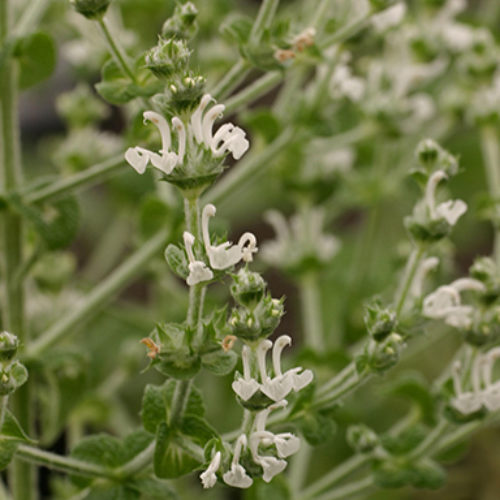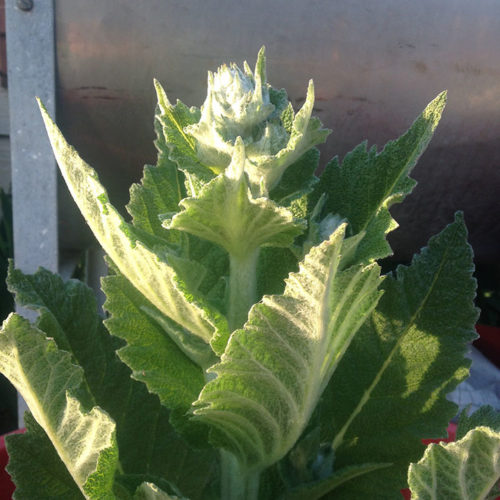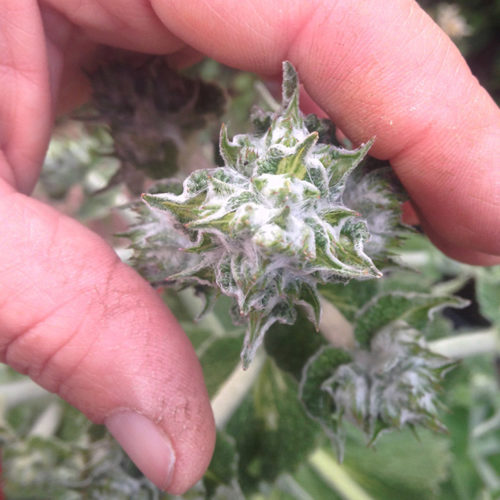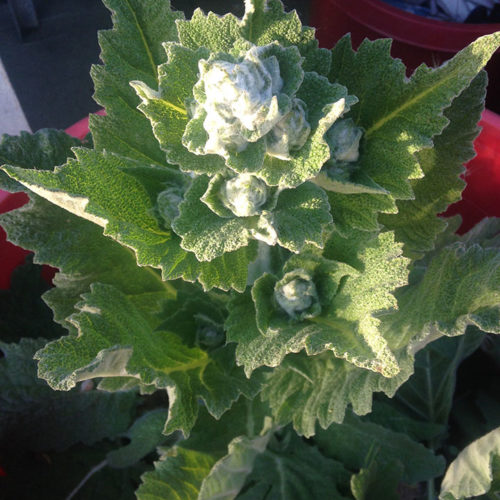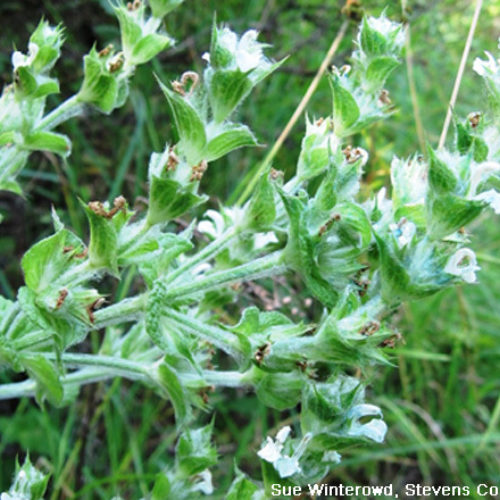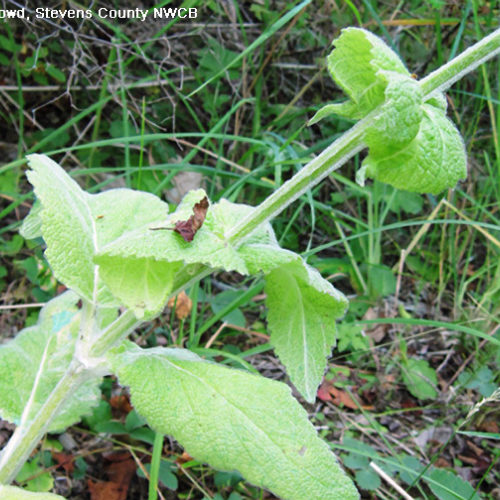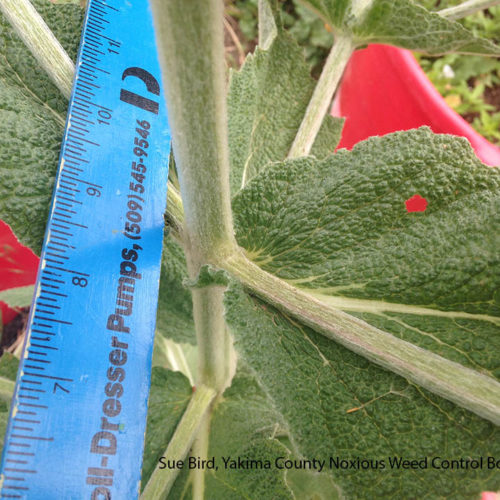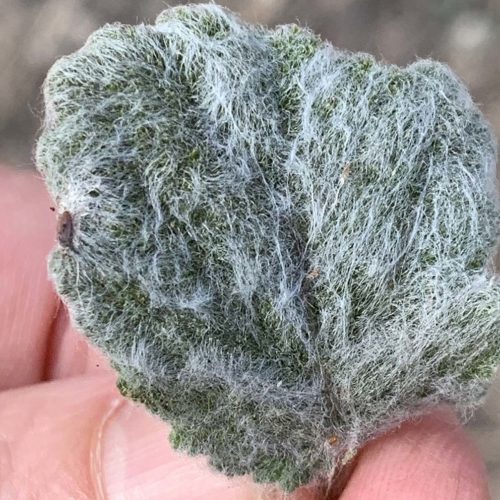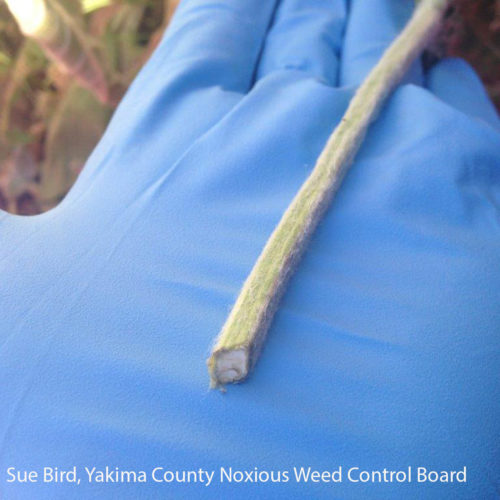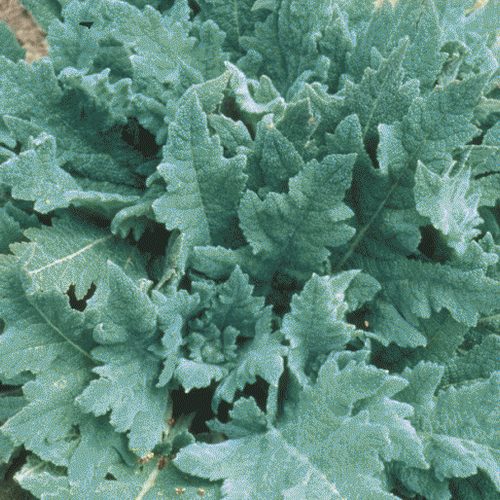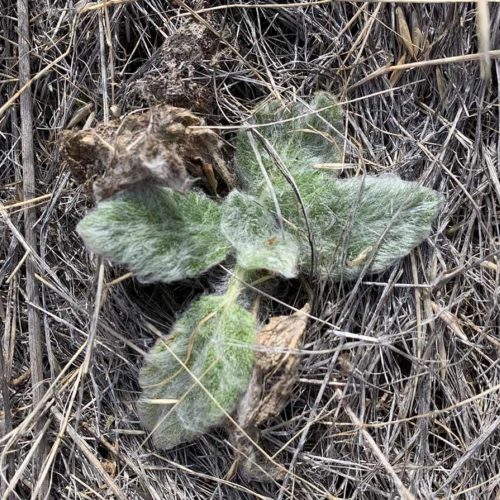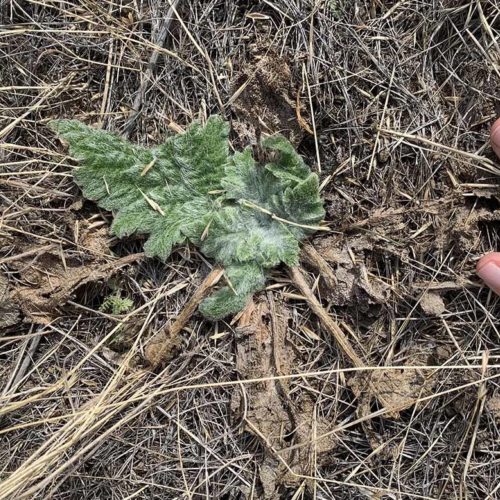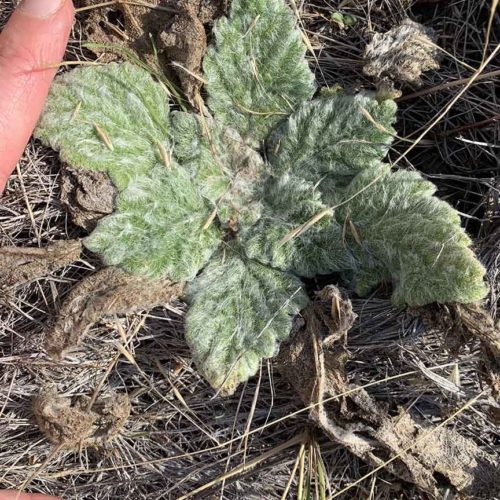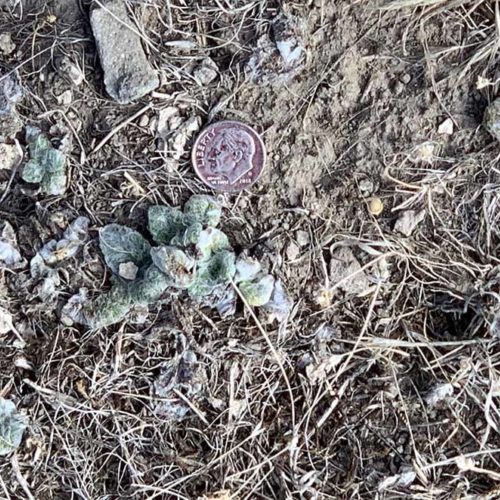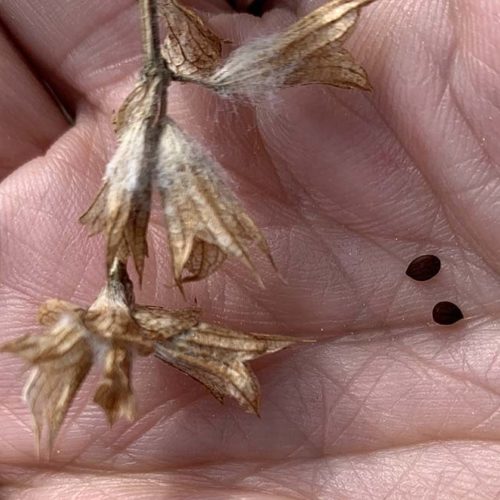Mediterranean Sage
Salvia aethiopis
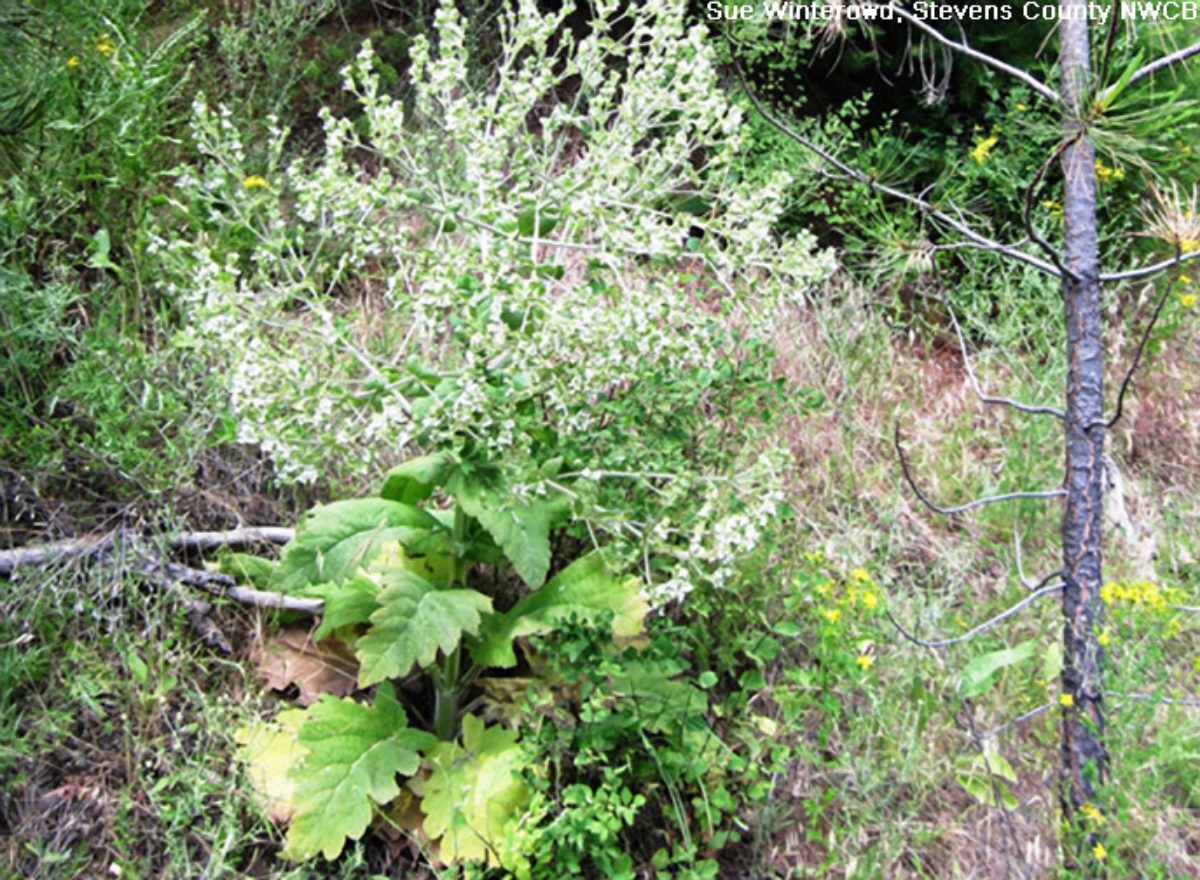
Family: Lamiaceae
Other Common Names: African sage
Weed class: A
Year Listed: 1988
Native to: Europe and Asia
Is this Weed Toxic?:
not known to be
Legal listings:
This plant is also on the Washington State quarantine list. It is prohibited to transport, buy, sell, offer for sale, or distribute plants or plant parts of quarantined species into or within the state of Washington or to sell, offer for sale, or distribute seed packets of seed, flower seed blends, or wildflower mixes of quarantined species into or within the state of Washington. Please see WAC 16-752 for more information on the quarantine list. For questions about the quarantine list, contact the Washington State Department of Agriculture's Plant Services Program at (360) 902-1874 or email PlantServices@agr.wa.gov.
Why Is It a Noxious Weed?
Mediterranean sage has the capability to invade and establish in dry pastures and rangeland throughout much of eastern Washington. It is non-palatable and it will outcompete beneficial forage plants.
How would I identify it?
General Description
It is an erect, coarse biennial, or short-lived perennial, with a stout taproot. When crushed, a sage-like odor is emitted. The mature plant can reach 3 feet tall. The overall plant is covered with dense, woolly hairs, especially when young.
Flower Description
Woolly clusters of four to six flowers are found in whorls at branch tips. Flowers are white to yellowish and about ½ inch long. Two upper petals form a lip resembling a hooked beak. 3 lower petals form 3 lobes, with outer lobes larger than the central.
Leaf description
Basal leaves have irregular or indented margins. They are 4 to 12 inches long and have petioles. Upper leaves are opposite, smaller and they clasp the stem. Uppermost leaves are reduced to bracts with long tapering points and are often tinged purple.
Stem description
Flowering stems bolt as a single, squarish stalk developing into a much-branched inflorescence with many small white flowers that resembles a candelabra.
Fruit Seed Description
Flowers form 4 nutlets, with each nutlet containing one seed.
May Be Confused With
Its rosettes may be confused with rosettes of common mullein (Verbascum thapsus). Some differences are: mullein leaves are not stalked and leaf color has a yellow tint. If you need help with identification, contact your county noxious weed coordinator.
Where does it grow?
In its native range, it grows in dry soils and disturbed habitat. Outside of its native range, it prefers well drained soil and inhabits drained riparian areas and dry pastures. It will initially inhabit disturbed areas and then spread to other areas. Please click here to see a county level distribution map of Mediterranean sage in Washington.
How Does it Reproduce?
Mediterranean sage reproduces by seed and acts like a tumbleweed to disburse its seed by stalks breaking off and the plant being moved in the wind.
How Do I Control It?
Mechanical Control
Individual plants may be dug out. Mowing several times during the season will prevent seed production, but the rosettes are so low they escape damage. Mowing too late in the season will spread the seeds. Tillage is an option in accessible areas.
Cultural Control
Long-term maintenance includes an integrated approach for the management of rangelands to prevent overgrazing and to promote forage plant establishment.
Biological Control
The Mediterranean sage root weevil, Phrydiuchus tau is a biological control agent that is used in Idaho and Montana. Since the eradication of Mediterranean sage is required in Washington, biological control is generally not a good management option here. For more information about biological control, please visit the WSU Extension Integrated Weed Control Project.
Herbicide Control
Herbicide information is currently not included in the PNW Weed Management Handbook for Mediterranean sage but check back as this resource is continually being updated. See the additional links below for information or contact county noxious weed coordinator.
For More Information
See our postcard for early detection information about Mediterranean sage.
Report on Mediterranean sage from "Weed Control in Natural Areas in the Western United States"
See our Written Findings for more information about Mediterranean sage (Salvia aethiopis).
Stevens County NWCB Fact Sheet on Mediterranean sage
Asotin County NWCB Fact Sheet on Mediterranean sage



